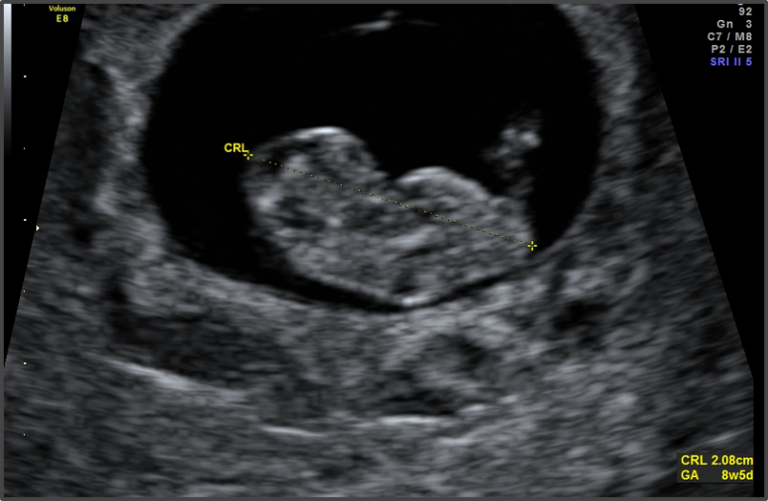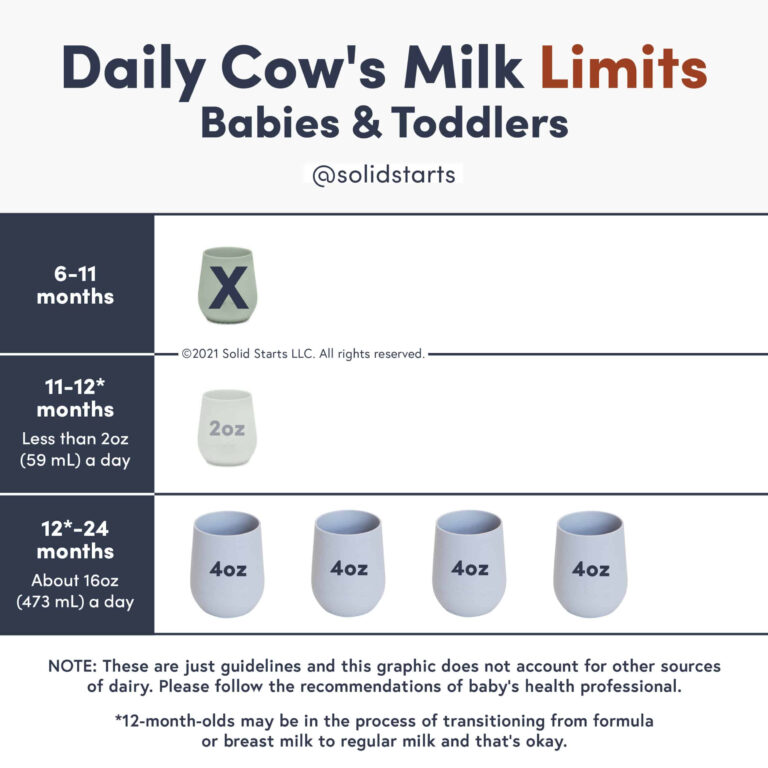Epstein Pearls In Infants: A Comprehensive Guide for Parents
Epstein pearls are small, white or yellowish bumps that can appear on the roof of an infant’s mouth. They are typically benign and harmless, and they usually disappear within a few months. However, it’s important for parents to be aware of Epstein pearls so that they can distinguish them from other more serious conditions.
In this article, we will discuss the causes, symptoms, and treatment of Epstein pearls. We will also provide some tips on how to care for your infant if they have Epstein pearls.
Epstein Pearls in Infants

Epstein pearls are small, white or yellowish bumps that appear on the gums of infants. They are caused by the remnants of the dental lamina, which is a thin layer of tissue that covers the developing teeth. Epstein pearls are harmless and usually disappear within a few months.
Epstein pearls are often mistaken for thrush, a fungal infection of the mouth. However, Epstein pearls are not contagious and do not require treatment.
Common Queries
What are Epstein pearls?
Epstein pearls are small, white or yellowish bumps that can appear on the roof of an infant’s mouth. They are typically benign and harmless, and they usually disappear within a few months.
What causes Epstein pearls?
Epstein pearls are caused by the entrapment of epithelial cells in the mucous membrane of the mouth. These cells are normally shed, but in some infants, they become trapped and form Epstein pearls.
How are Epstein pearls treated?
Epstein pearls do not require any treatment. They typically disappear within a few months.
What are the symptoms of Epstein pearls?
Epstein pearls are typically asymptomatic. However, some infants may experience mild discomfort or irritation.
How are Epstein pearls diagnosed?
Epstein pearls are diagnosed by a physical examination of the infant’s mouth. Your doctor will be able to tell if your infant has Epstein pearls by looking at the roof of their mouth.





